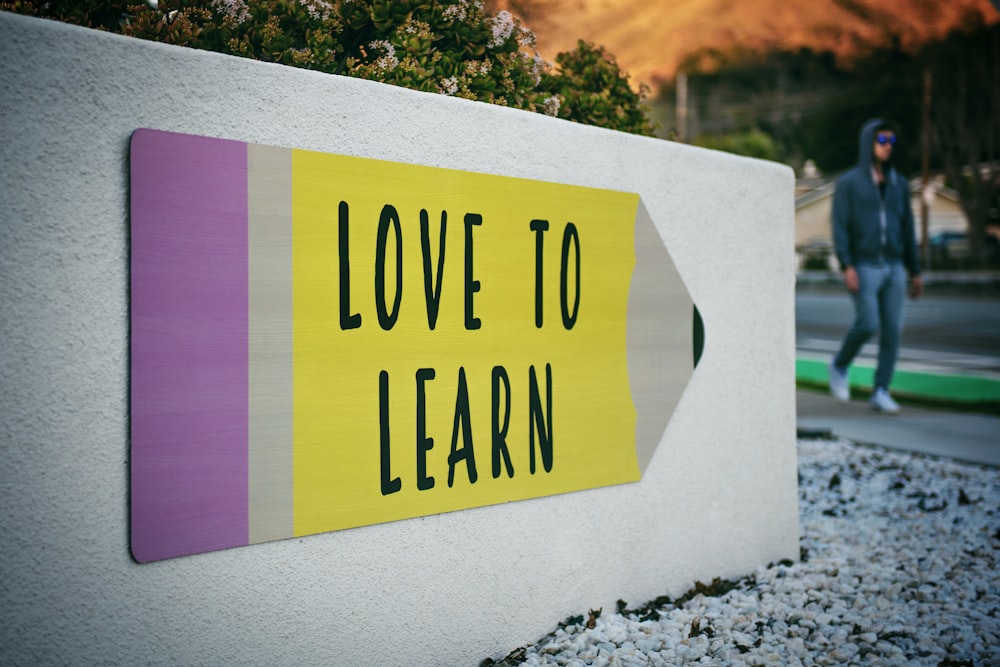Hello everyone!
Today I am going to be talking about a communication app called Mattermost.
I was introduced to this app through my EDCI 336 course at UVic. Mattermost is a self-hostable online chat service that brings all your team communication into one place. As a class, we are able to talk together through our course back channel. It really helps us to chat about class work and other relevant information pertaining to our course.
Additionally, as a cohort, we have set up other channels for each of the classes we are in this semester. Using Mattermost has been such an effective way of collaborating with each other and discussing assignments, courses, etc.
Using Mattermost has also been an efficient way of managing group projects. We have found ourselves having so many group projects this semester and we are able to keep track of them all by creating private channels with members of our groups. Here, we can discuss ideas and plans for our projects in one confined place.
Because of the effects of COVID-19 on this school year, we have all of our courses online. As a result, we have not been able to all meet up all together as our cohort. Some of us see each other on Wednesday’s during our school observations, however, this is only half of our class. Mattermost has been our cohort’s way of building a community with each other. We will continue this in the new year with creating additional channels that align with our next courses.
Photo by freestocks on Unsplash.com







